Occupational Safety Training for Operating Container Trucks
99,000 ₫
Note: The above price is calculated for one person and may fluctuate depending on the number of participants in the course and market dynamics. For more accurate pricing support, please refer to the pricing table or contact our consulting staff directly.
Occupational safety is an important issue when operating a container truck and needs to be addressed promptly to ensure the health and safety of workers and enhance the reputation of businesses here. The Occupational Safety Training course is one of the effective solutions to raise awareness of how to prevent workplace accidents for workers when operating a container truck.
Table of Contents
Toggle1. Overview of Container Trucks
a. What is a Container Truck?
A container tractor truck (also called a container truck, container tractor, or tractor unit) is a specialized vehicle designed to tow and transport container units of goods. This usually consists of a powerful tractor unit combined with a trailer capable of carrying containers.
Container trucks are mainly used in logistics and international transport. They help optimize the process of moving containers between seaports, airports, and various distribution centers.

b. How Container Trucks Work
The operation of a container truck mainly involves transporting and moving container units from one location to another. Here is an overview of how container trucks operate:
- Connecting the Container and Tractor:
- An important feature of a container truck is its ability to quickly and safely connect to containers, usually via a pneumatic system.
- Container trucks have mechanisms and pneumatic systems to connect both 20-foot and 40-foot containers.
- Movement and Transport:
- Once connected, the tractor unit uses its powerful engine to move and transport the container to the destination.
- Container trucks are mainly used on roads and railways and can transport containers between ports, warehouses, and distribution centers.
- Safety and Stability:
- Container trucks are designed to ensure safety and stability during transport. Anti-slip systems and suspension systems are integrated to minimize container sway while moving.
- Load Management:
- Container trucks must manage heavy loads, especially when operating on roads or rails. Suspension and brake systems are designed to handle special situations when containers carry heavy goods.
- Traffic and Logistics:
- Container trucks participate in a wide traffic and logistics network, as part of the global supply chain. They must comply with safety and transport regulations.

c. Industries Using Container Trucks
Container trucks are primarily used in transport and logistics. Key industries using container trucks include:
- Maritime Transport:
- Shipping companies use container trucks to move containers between seaports and distribution centers.
- Rail Transport:
- In countries with developed railway systems, container trucks are used to transport goods via rail.
- Road Transport:
- Road freight companies use container trucks to move goods from ports to inland destinations.
- Logistics and Freight Services:
- Logistics companies use container trucks to manage and transport goods within the supply chain.
- Ports and Storage Facilities:
- Seaports and storage areas use container trucks to handle and manage containers before or after transport.
- Manufacturing and Export:
- Manufacturers and exporters use container trucks to move goods from factories to seaports for international shipping.
- Oil, Gas, and Energy:
- In the oil, gas, and energy sectors, container trucks may transport equipment and materials for global energy projects.
- Healthcare and Consumer Goods:
- Healthcare and consumer goods companies may use container trucks to transport products and raw materials.
2. Overview of Occupational Safety Training for Container Truck Operation
a. What is Occupational Safety Training?
- Occupational safety training for container truck operation consists of sessions that equip workers with awareness on preventing workplace accidents. Workers who directly operate container trucks belong to Group 3.
- Safety training helps workers recognize and prevent hazards, reducing risks of workplace accidents.
REGISTER FOR OCCUPATIONAL SAFETY TRAINING
b. Training Duration
Initial Safety Training Duration:
- Total training time is at least 24 hours, including exams.
- 8 hours theory on safety and labor hygiene policies and laws
- 8 hours theory on basic safety and hygiene knowledge
- 4 hours theory on specialized training content
- 2 hours practical on specialized training content
- 2 hours final theory exam
Training centers usually schedule sessions based on worker availability. Typically, there are 6 sessions over 3 days if the company can allocate continuous study time.
Periodic Safety Training Duration:
- Before the occupational safety card expires, workers must undergo periodic safety training, lasting at least 50% of the initial training duration.
Explanation: Total periodic safety training time is at least 12 hours, including exams. After completion and passing the test, the occupational safety card will be renewed.
c. Training Content
| No. | TRAINING CONTENT | TRAINING TIME (HOURS) | |||
| Total | Including | ||||
| Theory | Practical | Exam | |||
| I | Policies and Labor Safety Laws | 8 | 8 | 0 | 0 |
| 1 | Overview of safety and labor hygiene legal framework. | 6 | 6 | ||
| 2 | Standards and technical regulations on safety and labor hygiene. | 1 | 1 | ||
| 3 | Specific regulations of state authorities regarding safety and labor hygiene in constructing, expanding, or renovating facilities and managing machines, equipment, and hazardous materials. | 1 | 1 | ||
| II | Basic Knowledge on Safety and Labor Hygiene | 8 | 8 | 0 | 0 |
| 1 | Basic knowledge of hazards and risks in the workplace. | 4 | 4 | ||
| 2 | Methods to improve working conditions. | 1 | 1 | ||
| 3 | Safety culture in production and business. | 1 | 1 | ||
| 4 | Rights and duties of employers and employees; safety policies; functions of safety personnel. | 1 | 1 | ||
| 5 | Safety rules, signs, personal protective equipment, first aid skills, and occupational disease prevention. | 1 | 1 | ||
| III | Specialized Training Content | 6 | 4 | 2 | 0 |
| Knowledge on machinery, hazardous materials, risk management, safe procedures, and handling of equipment with strict safety requirements. | 6 | 4 | 2 | ||
| IV | Final Safety Exam | 2 | 2 | 0 | 0 |
| Total | 24 | 22 | 2 | ||
See more training content for all 6 groups
d. Occupational Safety Card
After completing the safety training and passing the exam, workers will receive an occupational safety card (commonly called Group 3 safety certificate).
The card displays personal information, job and work environment, training duration, official stamp, and signature confirming completion.
According to Clause 2 of Article 24 of Decree 44/2016/ND-CP, there are 2 cases:
- If there is an employment contract, the employer must stamp and sign the safety card after the worker completes the training and passes the exam.
- If the worker is freelance or seasonal without a contract, the training unit must stamp and sign the safety card after completion and passing the exam.

3. Hazards When Operating Container Trucks
Operating container trucks can involve various hazards and challenges, especially when participating in international transport systems and cargo handling. Here are some of the main hazards:
- Traffic Accidents:
- Traffic accidents are a major hazard when operating container trucks on the road. The large size of container trucks can increase the risk of accidents and cause serious consequences.
- Movement and Tipping:
- The height and weight of containers can increase the risk of tipping, especially when moving quickly around curves or hilly terrain.
- Load Management:
- Proper management of container loads is essential to avoid overloading, which can endanger the braking system and increase the risk of accidents.
- Container Safety:
- The safety of the container during transport is a hazard, particularly if the container is not properly sealed or secured. This may result in cargo falling or being damaged.
- Braking and Suspension Systems:
- Failures in braking or suspension systems can lead to serious safety issues. These systems need regular inspection and maintenance.
- Environmental Hazards:
- If chemicals or hazardous materials are transported in the container, leaks or collisions can create environmental hazards.
- Occupational Safety:
- Container operations require high safety standards for drivers and related personnel. Compliance with occupational safety measures is necessary to prevent accidents and injuries.
- Severe Weather:
- Adverse weather such as heavy rain, snow, or strong winds can create difficult driving conditions and increase the risk of accidents.
To minimize hazards, container truck operations must follow safety rules, perform regular maintenance, and train staff in safe operation procedures.

4. Measures to Control Occupational Accidents When Operating Container Trucks
To control occupational accidents while operating container trucks, several important and effective measures should be applied. Here are some key measures that companies and drivers can implement:
- Training and Education:
- Provide in-depth training for drivers on safe container truck operation, including safe driving techniques and occupational safety rules.
- Regular Inspection and Maintenance:
- Perform regular inspections and maintenance for container trucks to ensure all systems, including brakes, suspension, and steering, function properly.
- Container Safety:
- Ensure containers are properly sealed and secured to prevent cargo from falling or being damaged during transport.
- Load Check:
- Monitor container loads to avoid overloading, which can endanger the braking system and increase the risk of accidents.
- Occupational Safety:
- Follow occupational safety rules, including the use of personal protective equipment (PPE) such as helmets, gloves, safety shoes, etc.
- Handling Hazardous Materials:
- If hazardous materials are transported, ensure staff are trained to handle them safely and that risks are assessed and minimized.
- Speed Control:
- Limit driving speed, especially in densely populated areas or during adverse weather conditions.
- Traffic Rule Compliance:
- Follow all traffic laws and regulations related to cargo transport.
- Adverse Weather Measures:
- Implement safety measures when driving in poor weather conditions such as snow, rain, or strong winds.
- Risk Assessment:
- Conduct regular risk assessments to identify and mitigate hazards in container truck operations.
- Periodic Inspection of container trucks to detect early safety issues such as wear, tear, or mechanical faults, thereby reducing the risk of occupational accidents.
5. Benefits of Occupational Safety Training
An Toàn Nam Việt provides the following benefits to your business after completing occupational safety training courses as required by Decree 44/2016/ND-CP on occupational health and safety for companies and enterprises:
- Workers can identify potential occupational hazards and take preventive measures to avoid accidents.
- Your company can establish risk prevention measures in production, operation, and maintenance processes.
- Reduce costs associated with potential safety incidents.
- Ensure uninterrupted production, increasing labor productivity and product quality.
- Comply with labor safety laws, reducing legal risks.
- Enhance reputation and professionalism, thereby boosting your company’s brand value.
Nam Việt’s training courses are designed to help individuals avoid external hazards that could lead to injury or even death.
REGISTER FOR OCCUPATIONAL SAFETY TRAINING SERVICES
6. Customer Feedback After Completing the Training Course
An Toàn Nam Việt has accumulated years of experience accompanying many businesses in Vietnam in general and in the southern provinces in particular. This responsibility is extremely valuable to Nam Việt, which is why our Occupational Safety Training programs are increasingly professional. The motivation for An Toàn Nam Việt’s growth comes from positive feedback and suggestions from our partner companies. Below are some testimonials from our clients.
Bac Nam E&C Investment & Construction JSC
“My first experience using An Toàn Nam Việt’s services was surprising due to the 24/7 support from their consulting team. The course organization was fast and convenient for our company. Thank you very much for Nam Việt’s service!”
Hoa Dat Construction and Trading JSC
“Nam Việt’s services helped us greatly in simplifying occupational safety and completing safety documentation for our work process. The consulting team responded enthusiastically and promptly to our questions. 5 stars for Nam Việt.”
See more customer interviews after using An Toàn Nam Việt’s services
7. An Toàn Nam Việt’s Occupational Safety Training Capabilities
An Toàn Nam Việt is a reputable and high-quality occupational safety training center in Vietnam. Our training sessions are conducted continuously at factories, production workshops, or construction sites across the country (all 63 provinces in Vietnam).
REGISTER FOR OCCUPATIONAL SAFETY TRAINING SERVICES
Occupational Safety Training License
- An Toàn Nam Việt has been inspected and certified by the Department of Safety under the Ministry of Labor – Invalids and Social Affairs to meet the conditions for conducting occupational safety and hygiene training. This further strengthens our capability in occupational safety training.

Training Materials and Lessons
- Before being used in occupational safety training courses, all training materials are reviewed and approved to ensure the lessons are accurate and effective.
- The instructors’ teaching methods are standardized according to An Toàn Nam Việt’s standards, based on research and experience in occupational safety training, to maximize knowledge absorption for learners.
Facilities
- Controlling factors in the classroom that affect training increases teaching efficiency and knowledge retention.
- Our training facilities include spacious classrooms that meet standards for area, lighting, and training equipment.
8. Nationwide Reputable Occupational Safety Training Center
At An Toàn Nam Việt, we prioritize the professional dedication of occupational safety training. We aim to provide workers with the knowledge to protect themselves, contributing to national development.
To ensure effective training, we meticulously prepare all aspects, from tools and teaching equipment to lesson plans, documents, audio, and lighting.
Our occupational safety instructors are experts with years of experience, and some have conducted research on identifying hazards across industries and how to prevent them.
The lessons are practical, engaging, and easy to understand for workers. The content always aligns with Decree 44/2016/ND-CP.
Workers thus learn various safety measures and how to protect themselves, applying them appropriately in real work situations.
Our training center is proud to provide professional, reputable occupational safety training with the following advantages:
- Competitive training costs without compromising quality.
- Flexible training schedules to suit company production needs.
- Fast certification procedures compliant with legal regulations.
- Experienced instructors with long-term expertise.
- Controlled classrooms to maximize teaching efficiency and knowledge retention.
- Lessons tailored to occupational safety in enterprises.
- Dedicated and professional service to support customers accurately and promptly.

9. Additional Occupational Safety Training Materials
- Occupational Safety Materials for Container Truck Operations
- Complete Occupational Safety Training Materials
- Occupational Safety Training Test Collection
- Occupational Safety Quiz for Container Truck Operations
- Training Slides for Container Truck Safety Operations
1 review for Occupational Safety Training for Operating Container Trucks
No comments yet

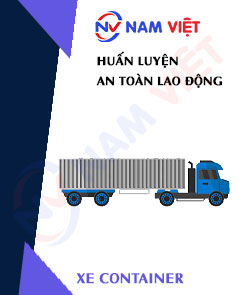

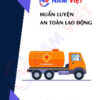



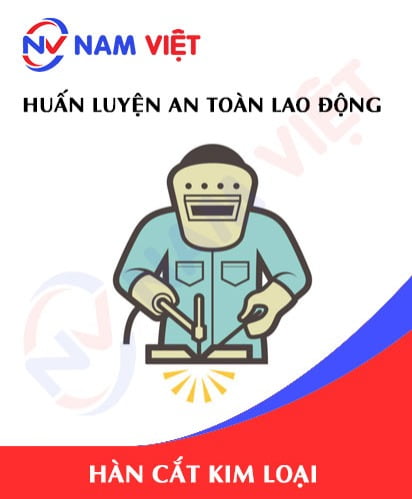
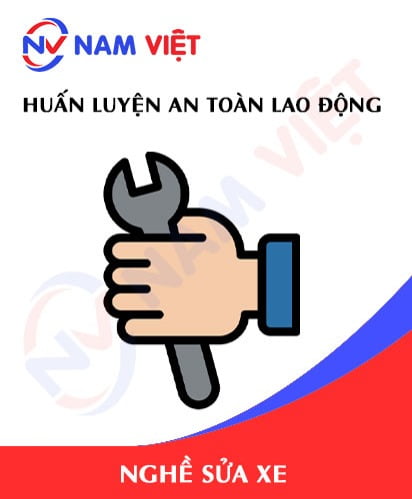
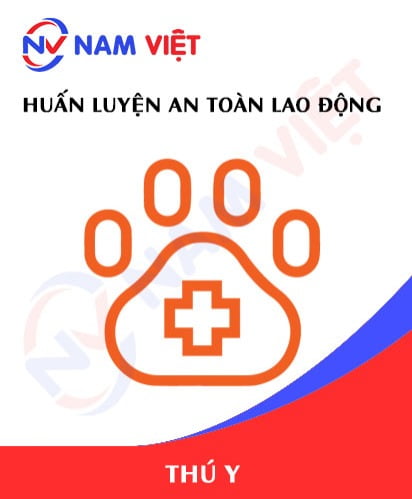
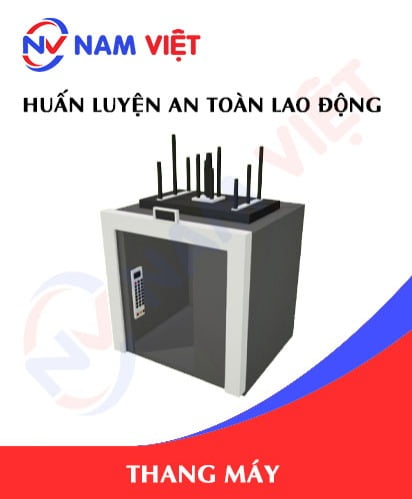
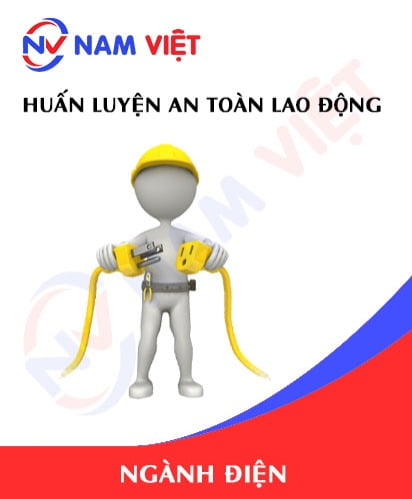



phanminhhang341
Very good safety training service